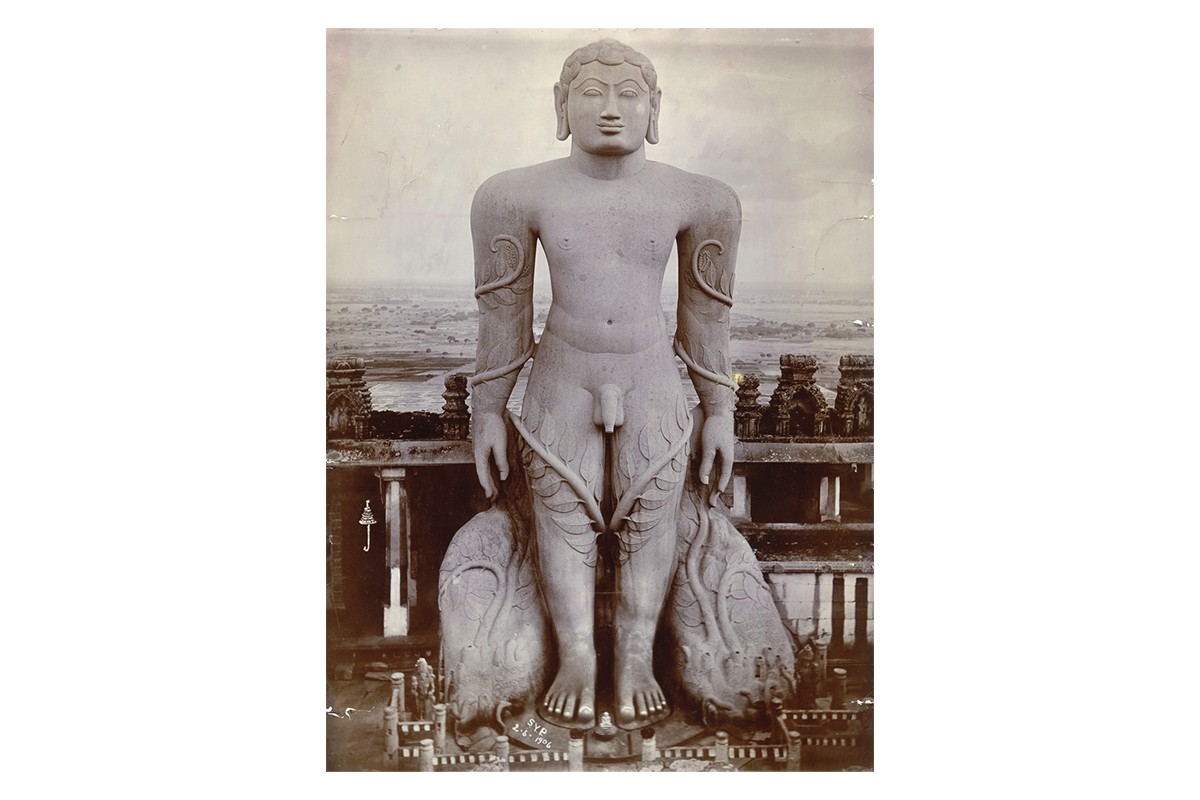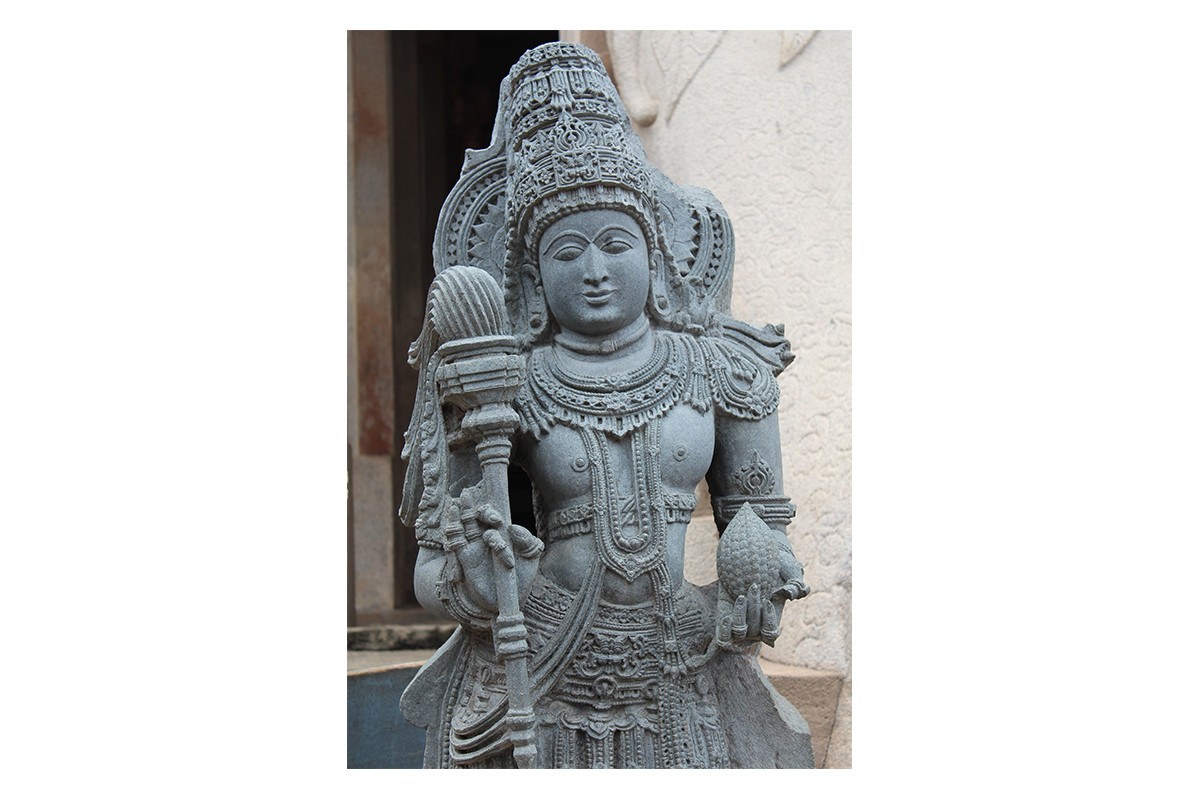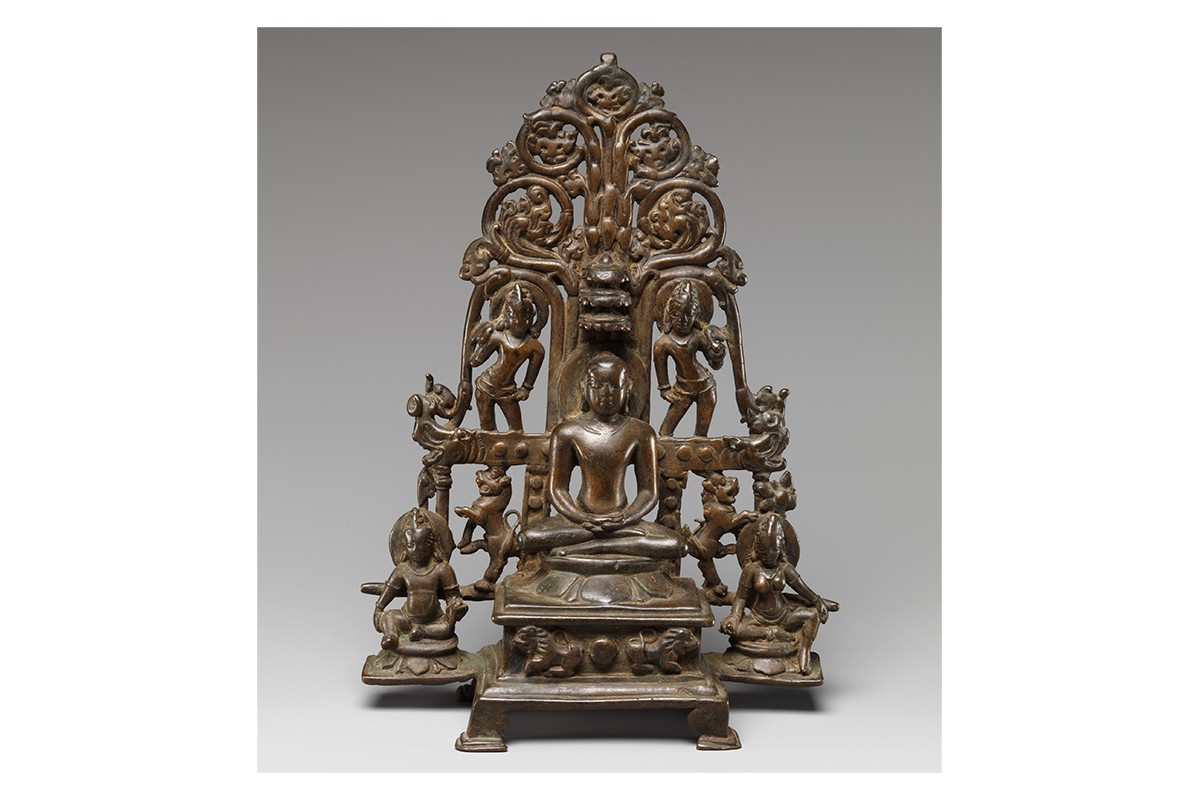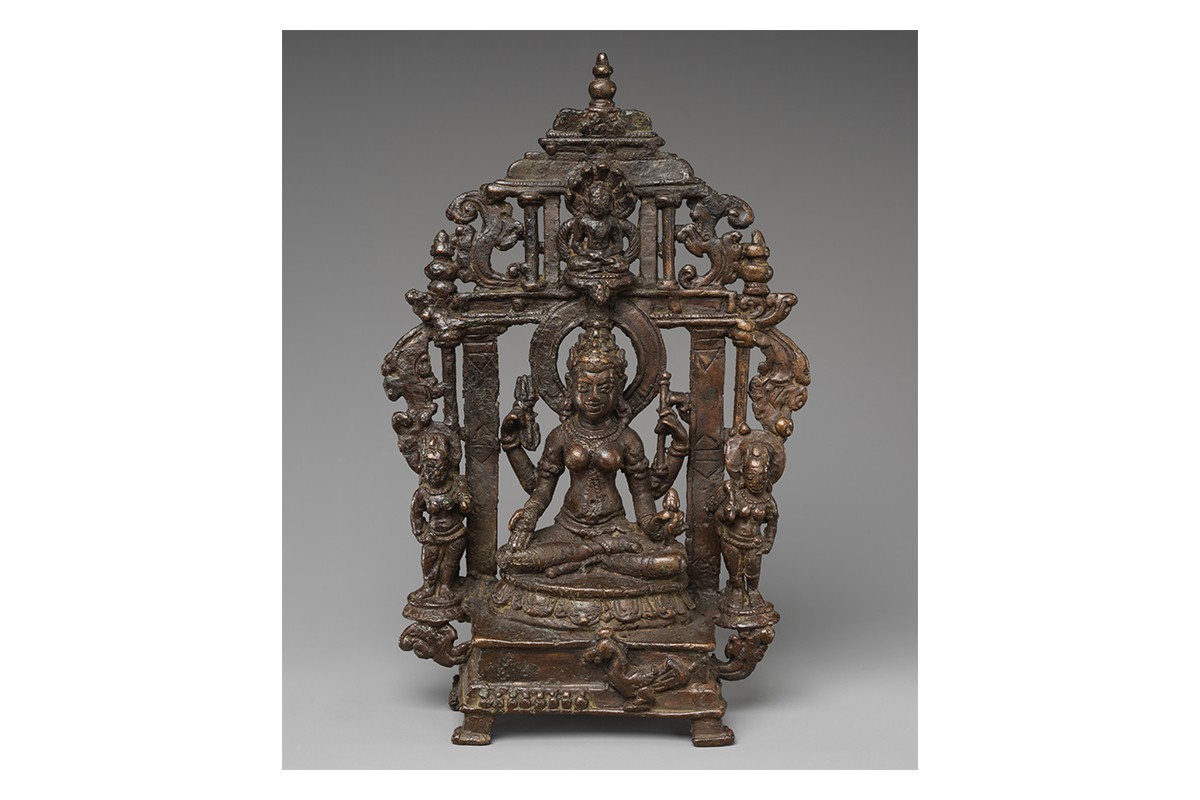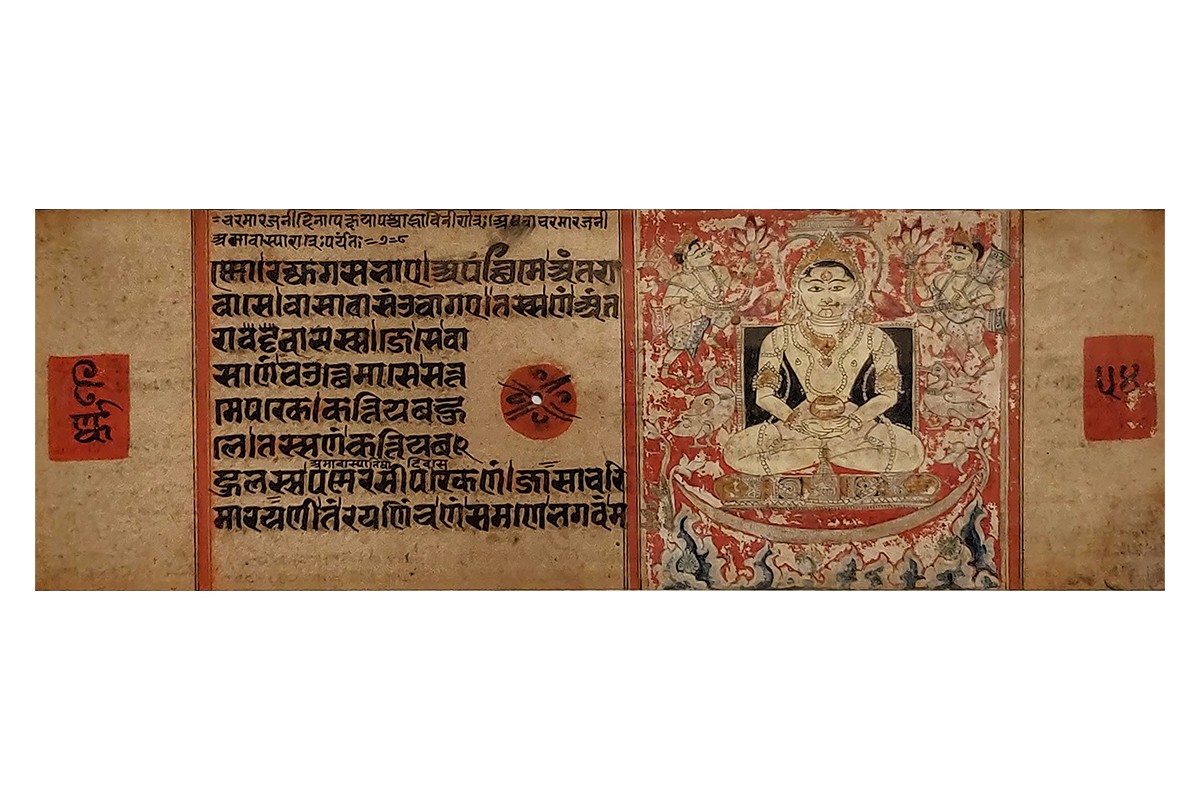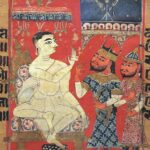Jainism Flourishes as a Royal Religion
900–950 CE
Propelled by theological innovations such as comparing conquering warriors to Jinas who conquered the senses, Jainism emerges as one of the Deccan’s dominant religions, alongside Shaivism. An important royal religion, it shares many ritual practices with Shaivism, including temple worship, processions and the worship of subsidiary deities such as Jvalamalini. Large numbers of monasteries and temples are built, as well as monumental sculptures such as the Gomateshvara Bahubali at Shravanabelagola (in present-day Karnataka). Important works such as the Adipurana and Yashastilaka are commissioned by the Rashtrakuta court and its vassals. Jainism also emerges as a major force in western India, especially present-day Gujarat and Rajasthan, where it will remain widespread to the present day. Its predominance in the Deccan will last till at least the thirteenth century, when it will gradually declines, in part due to the hostility of movements such as that of the Virashaivas.
Bibliography
Cohen, Andrew L. “Western Ganga.” Grove Art. Oxford Art Online, 2003. https://doi.org/10.1093/gao/9781884446054.article.T091247.
Doniger, Wendy. The Hindus: An Alternative History. New Delhi: Speaking Tiger, 2015.
Pollock, Sheldon. “Sanskrit Literary Culture from the Inside Out.” In Literary Cultures in History: Reconstructions from South Asia, edited by Sheldon Pollock, 39–130. University of California Press, 2003.
Feedback 
This entry appears in
Art in South Asia
Visit Timeline
Associated Timeline Events
First Published: March 11, 2024
Last Updated: August 5, 2024



